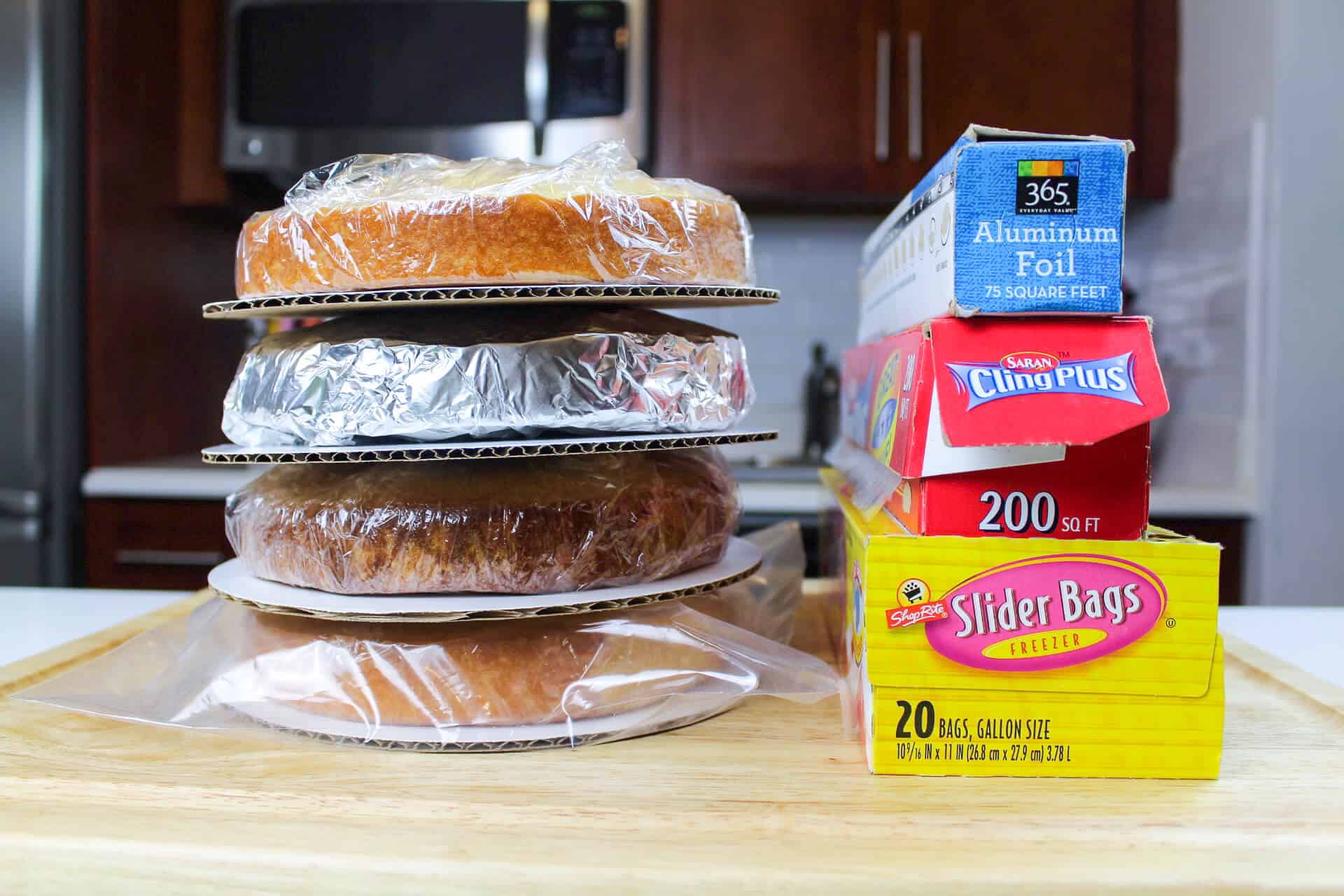

Articles
How To Store Cake Layers
Modified: December 7, 2023
Learn the best methods and tips for storing cake layers in this informative article. Preserve the freshness and taste of your baked creations with proper storage techniques.
(Many of the links in this article redirect to a specific reviewed product. Your purchase of these products through affiliate links helps to generate commission for Storables.com, at no extra cost. Learn more)
Introduction
Storing cake layers properly is essential to maintain their freshness and flavor. Whether you’re a seasoned baker or a newbie in the kitchen, knowing how to store your cake layers will ensure that they remain delicious for your future baking endeavors. In this article, we’ll guide you through the steps of storing cake layers, from choosing the right containers to the best methods for freezing and thawing. So let’s dive in and discover the secrets to keeping your cake layers fresh and ready for any occasion!
Key Takeaways:
- Properly wrapping and choosing the right containers for cake layers is crucial to maintain their freshness and flavor, whether storing at room temperature or in the freezer.
- Thawing frozen cake layers gradually and inspecting for moisture ensures they retain their texture and flavor, making them ready for use in delicious recipes.
Read more: How To Store Cake Layers Overnight
Choosing the Right Containers
When it comes to storing cake layers, choosing the right containers is crucial to maintain their shape and moisture. Here are some key points to consider:
- Airtight Containers: Look for containers that provide a tight seal to keep air out. This will prevent your cake layers from drying out and becoming stale.
- Size and Shape: Choose containers that are slightly larger than the size of your cake layers. This will ensure that they have enough space without being squished or deformed.
- Material: Opt for containers made of food-safe materials such as plastic or glass. These materials are durable, easy to clean, and will not impart any off flavors to your cake layers.
- Stackable Design: If you plan to store multiple cake layers, consider containers that are stackable. This will save space in your refrigerator or freezer and keep your cake layers organized.
Remember, the quality of your containers will directly impact the freshness of your cake layers. Investing in high-quality airtight containers will ensure that your cakes stay moist and delicious for longer periods.
Cooling the Cake Layers
Before you store your cake layers, it’s essential to allow them to cool completely. Cooling the cake layers properly will help retain their moisture and prevent them from becoming soggy. Here are some tips to ensure your cake layers cool down effectively:
- Remove from the Pans: Once your cake layers are baked, remove them from the pans immediately. Use a butter knife to gently loosen the edges, then invert the pans to release the layers onto a wire rack.
- Let Them Breathe: Allow your cake layers to cool on the wire rack in a well-ventilated area. Avoid covering them with a towel or plastic wrap as it can trap moisture and lead to a soggy texture.
- Patience is Key: Give your cake layers ample time to cool down completely. This usually takes around 1-2 hours, depending on the size and thickness of the layers. Rushing the cooling process can result in condensation, which can make the layers sticky or cause them to collapse.
By allowing your cake layers to cool properly, you’ll preserve their texture and ensure that they are ready for storage without any risk of moisture buildup or diminished flavor.
Wrapping the Cake Layers
Once your cake layers have cooled completely, it’s time to wrap them properly for storage. The right wrapping technique will help retain moisture and protect the layers from drying out. Here’s how to wrap your cake layers effectively:
- Parchment Paper: Cut squares or circles of parchment paper slightly larger than the size of your cake layers. This will provide a protective barrier between the layers and the wrapping material.
- Plastic Wrap: Take a sheet of plastic wrap and place it on a clean surface. Gently place one cake layer on top of the plastic wrap, then fold the edges over the layer tightly. Repeat this step for each cake layer.
- Aluminum Foil: To provide an extra layer of protection, wrap each plastic-wrapped cake layer with aluminum foil. This will help maintain the moisture and prevent any freezer burn or odors from seeping in.
Make sure the layers are wrapped tightly to prevent any air from getting in. This will help preserve the freshness and prevent the cake layers from drying out. Label the layers with the date and any additional relevant information for easy identification when storing for longer periods.
If you prefer to store each cake layer separately, you can place parchment paper or cardboard rounds between them to prevent sticking. This will make it easier to retrieve and work with individual layers when needed.
Remember, the key to successful cake layer storage is providing a tight and moisture-free environment. Properly wrapped cake layers can be stored at room temperature or in the freezer, depending on your needs.
Storing at Room Temperature
If you plan to use your cake layers within a day or two, storing them at room temperature is a convenient option. Follow these guidelines to keep your cake layers fresh and ready to use:
- Airtight Container: Place your wrapped cake layers in an airtight container or a cake carrier with a tight-fitting lid.
- Cool Environment: Store the container in a cool, dry place away from direct sunlight and any sources of heat.
- Check Regularly: It’s important to check the cake layers periodically for any signs of spoilage or mold. If you notice any discoloration or unusual smells, discard the layers immediately.
When stored properly at room temperature, the cake layers can stay fresh for up to 2-3 days. However, keep in mind that the exact shelf life may vary depending on the ingredients used and the ambient conditions in your kitchen.
If you don’t plan to use the cake layers within this time frame, it’s best to store them in the freezer for longer-term storage.
After baking, let the cake layers cool completely. Once cooled, wrap each layer individually in plastic wrap and store in an airtight container or freezer bag. Place in the freezer for up to 3 months.
Read more: How To Store Cake Layers Before Frosting
Freezing the Cake Layers
If you want to store your cake layers for an extended period, freezing is the best option. Freezing helps lock in moisture and preserves the freshness of the layers. Here’s how to freeze your cake layers effectively:
- Wrap Individual Layers: Wrap each cake layer tightly in plastic wrap, ensuring there are no air pockets. This will prevent freezer burn and maintain the quality of the layers.
- Double Wrapping: For added protection, wrap each plastic-wrapped cake layer with aluminum foil. This will provide an extra layer of insulation.
- Place in Freezer Bag: Once individually wrapped, place the cake layers in a freezer bag. Squeeze out any excess air before sealing the bag to prevent the formation of ice crystals.
- Label and Date: It’s essential to label the freezer bag with the name of the cake layers and the date of freezing. This will help you track their freshness and ensure you use them in a timely manner.
When freezing, make sure your cake layers are placed on a flat surface in the freezer. Avoid stacking anything on top of them to prevent deformation or damage.
Frozen cake layers can be stored in the freezer for up to 3 months without significant loss of quality. However, it’s best to use them as soon as possible for the best taste and texture.
Keep in mind that freezing may cause some minor texture changes in the cake layers. To mitigate this, it’s important to thaw them properly before use.
Thawing and Using the Cake Layers
When it comes time to use your frozen cake layers, it’s crucial to thaw them properly to maintain their texture and flavor. Here are the steps to thaw and use your cake layers:
- Transfer to the Fridge: Remove the frozen cake layers from the freezer and transfer them to the refrigerator. Place them on a plate or in a covered container to prevent any condensation.
- Thaw Gradually: Allow the cake layers to thaw slowly in the fridge for 24-48 hours. Thawing them slowly will prevent excess moisture and ensure even thawing throughout the layers.
- Room Temperature Option: If you’re short on time, you can also thaw the cake layers at room temperature. Place the wrapped layers on the counter and let them thaw for a few hours until they reach room temperature.
- Inspect for Moisture: Once thawed, carefully unwrap the cake layers and check for any excess moisture. If needed, gently dab any moisture with a clean paper towel to ensure the layers are dry before using them.
- Bring to Room Temperature: Before using your cake layers, allow them to come to room temperature (if you chilled them in the fridge). This will ensure the layers are soft and pliable for easy handling and assembly.
After thawing and bringing the cake layers to room temperature, they are ready to be used in your desired recipes. Whether you’re stacking them for a layer cake or using them as a base for other desserts, the thawed cake layers will retain their flavor and texture for a delicious end result.
Remember, once the cake layers have been thawed, it’s best to consume them within a few days for optimal freshness.
Tips for Long-Term Storage
If you plan to store your cake layers for an extended period, whether at room temperature or in the freezer, here are some additional tips to ensure their long-term freshness:
- Label and Date: Properly label each container or freezer bag with the name and date of the cake layers. This will help you keep track of their storage time and ensure you use them within a reasonable timeframe.
- Rotate Stock: If you frequently bake and store cake layers, make it a habit to rotate your stock. Use the older cake layers first to prevent wastage.
- Proper Freezer Temperature: Set your freezer to the optimal temperature of 0°F (-18°C) or below. Freezing at the right temperature will help maintain the quality of the cake layers and prevent any unwanted texture changes.
- Avoid Temperature Fluctuations: Be mindful of temperature fluctuations and avoid opening the freezer frequently. Sudden temperature changes can lead to condensation and affect the texture and taste of the cake layers.
- Store in Small Portions: If you plan to use only a portion of the cake layers at a time, consider storing them in smaller portions. This way, you can thaw and use only what you need, minimizing waste.
- Proper FIFO Method: FIFO stands for “First In, First Out.” Apply this method when storing multiple cake layers. Use the older layers before the newer ones to maintain their freshness and prevent any prolonged storage.
By following these tips, you can ensure that your cake layers remain fresh and retain their quality, whether you’re storing them for a few days or several months.
Conclusion
Proper storage of cake layers is essential to maintain their freshness and flavor, whether you plan to use them in a day or store them for an extended period. By choosing the right containers, cooling the cake layers properly, and wrapping them tightly, you can ensure that your cake layers stay moist and delicious.
If you plan to use the cake layers within a day or two, storing them at room temperature in airtight containers is a convenient option. However, for longer-term storage, freezing the cake layers is the best choice. Properly wrap each individual layer, double-wrap with plastic wrap and aluminum foil, and place them in a freezer bag. Label and date the bag for easy identification.
When it’s time to use the frozen cake layers, thaw them gradually in the refrigerator or at room temperature. Once thawed, inspect them for any excess moisture and allow them to come to room temperature before using in your recipes.
Remember, practicing proper storage techniques and following the tips mentioned will help ensure that your cake layers retain their freshness and taste. Whether you’re a professional baker or a passionate home cook, knowing how to store your cake layers properly is a valuable skill that will elevate your baking experience.
So, the next time you bake a delicious batch of cake layers, use these guidelines to store them effectively and enjoy the convenience of having homemade cake layers ready whenever you need them!
Frequently Asked Questions about How To Store Cake Layers
Was this page helpful?
At Storables.com, we guarantee accurate and reliable information. Our content, validated by Expert Board Contributors, is crafted following stringent Editorial Policies. We're committed to providing you with well-researched, expert-backed insights for all your informational needs.
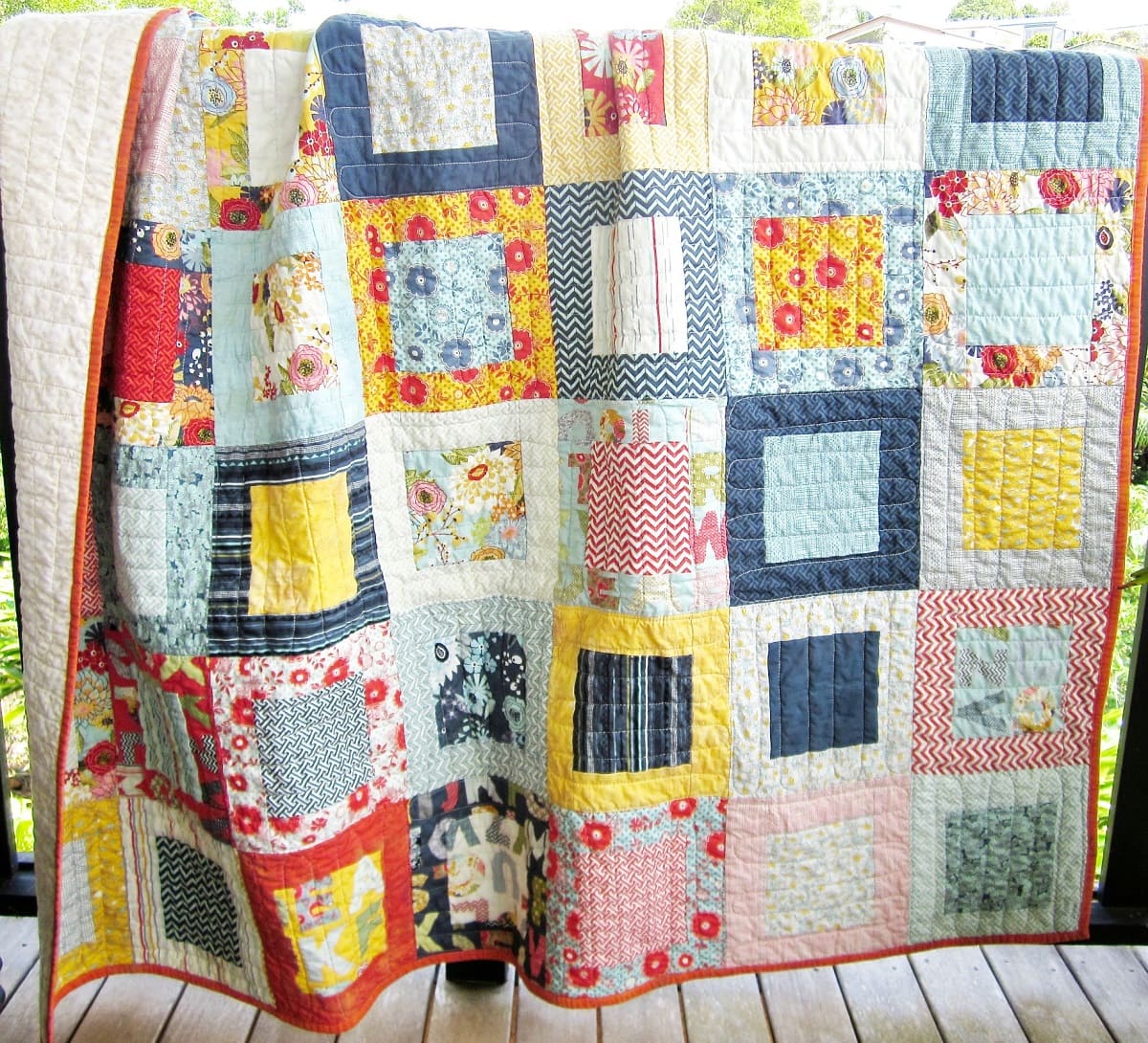
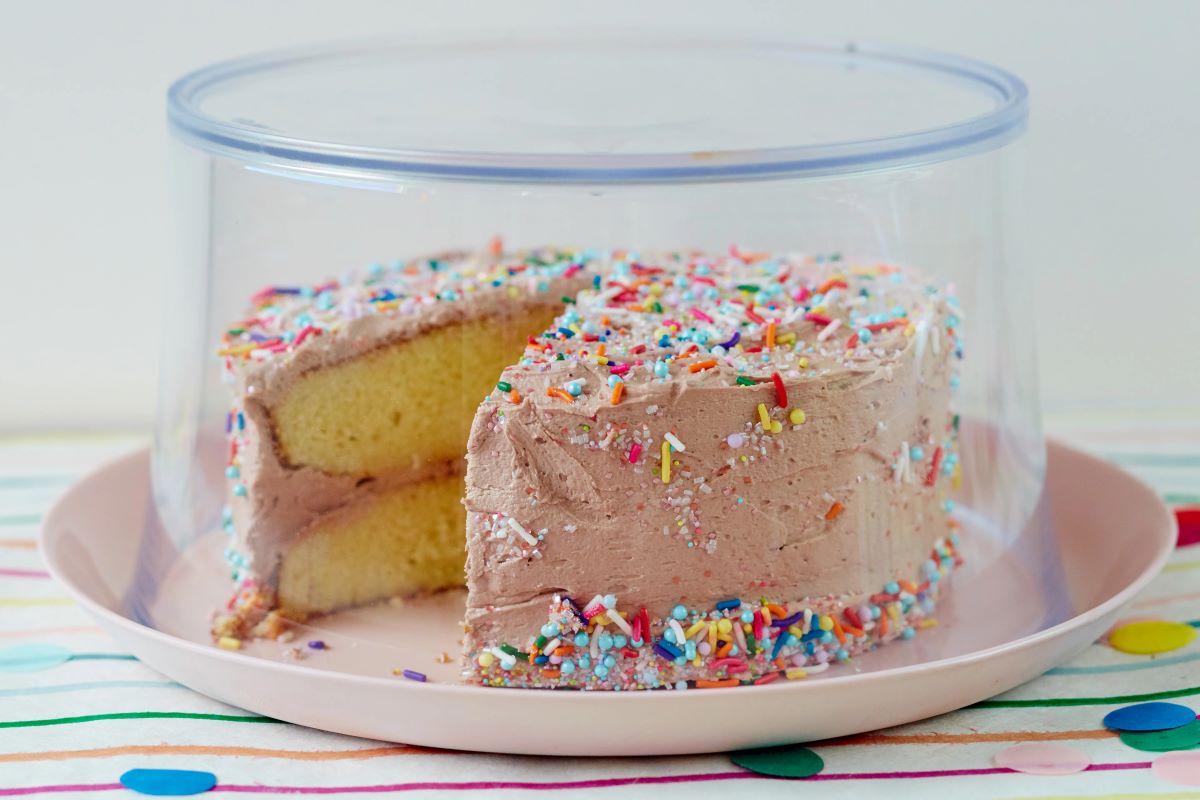
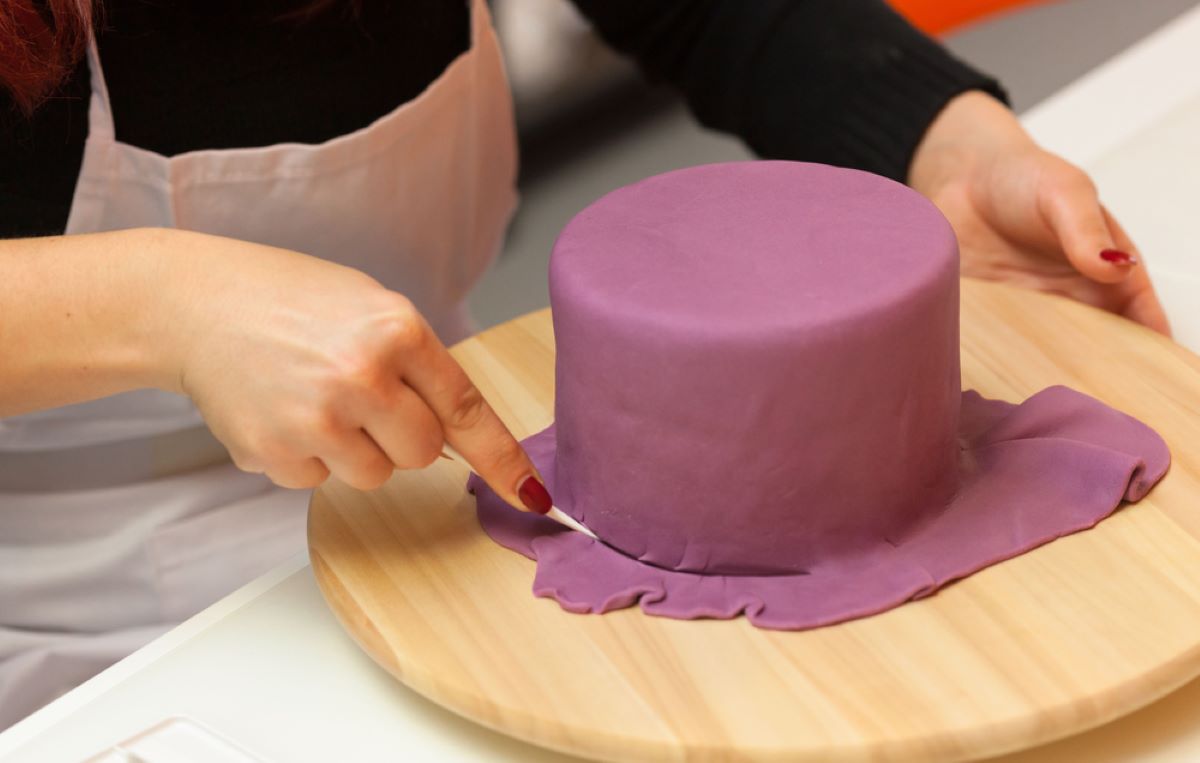
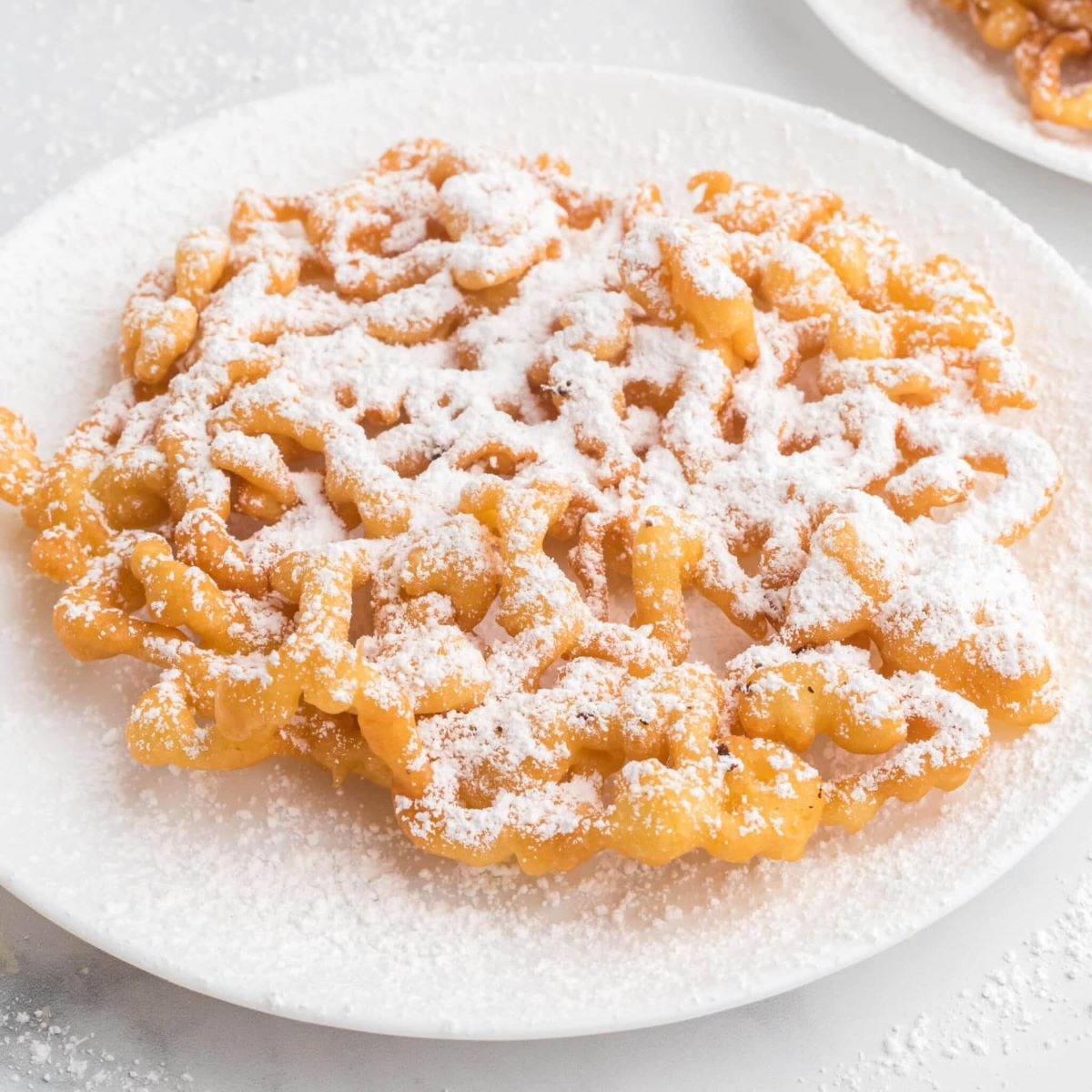
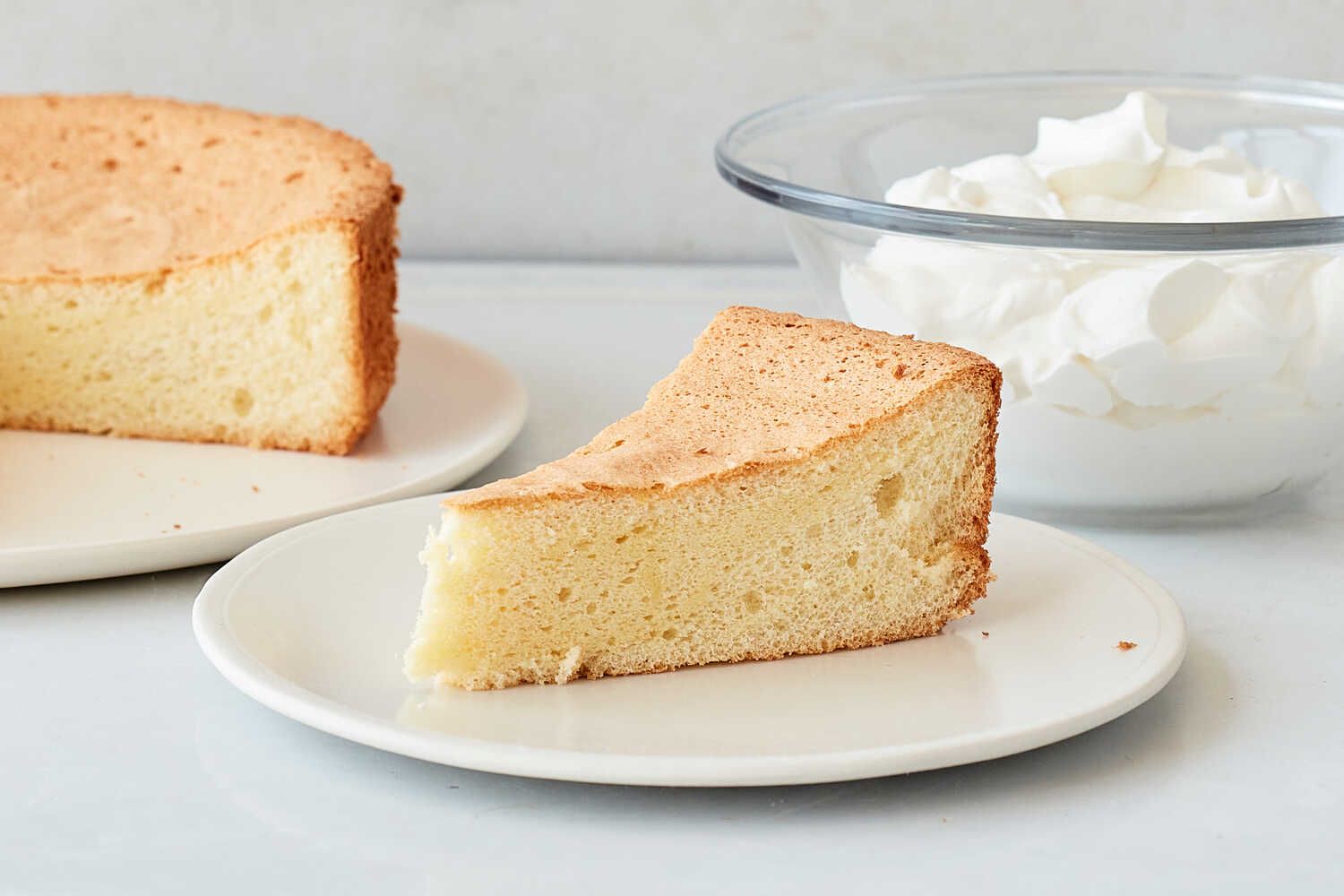
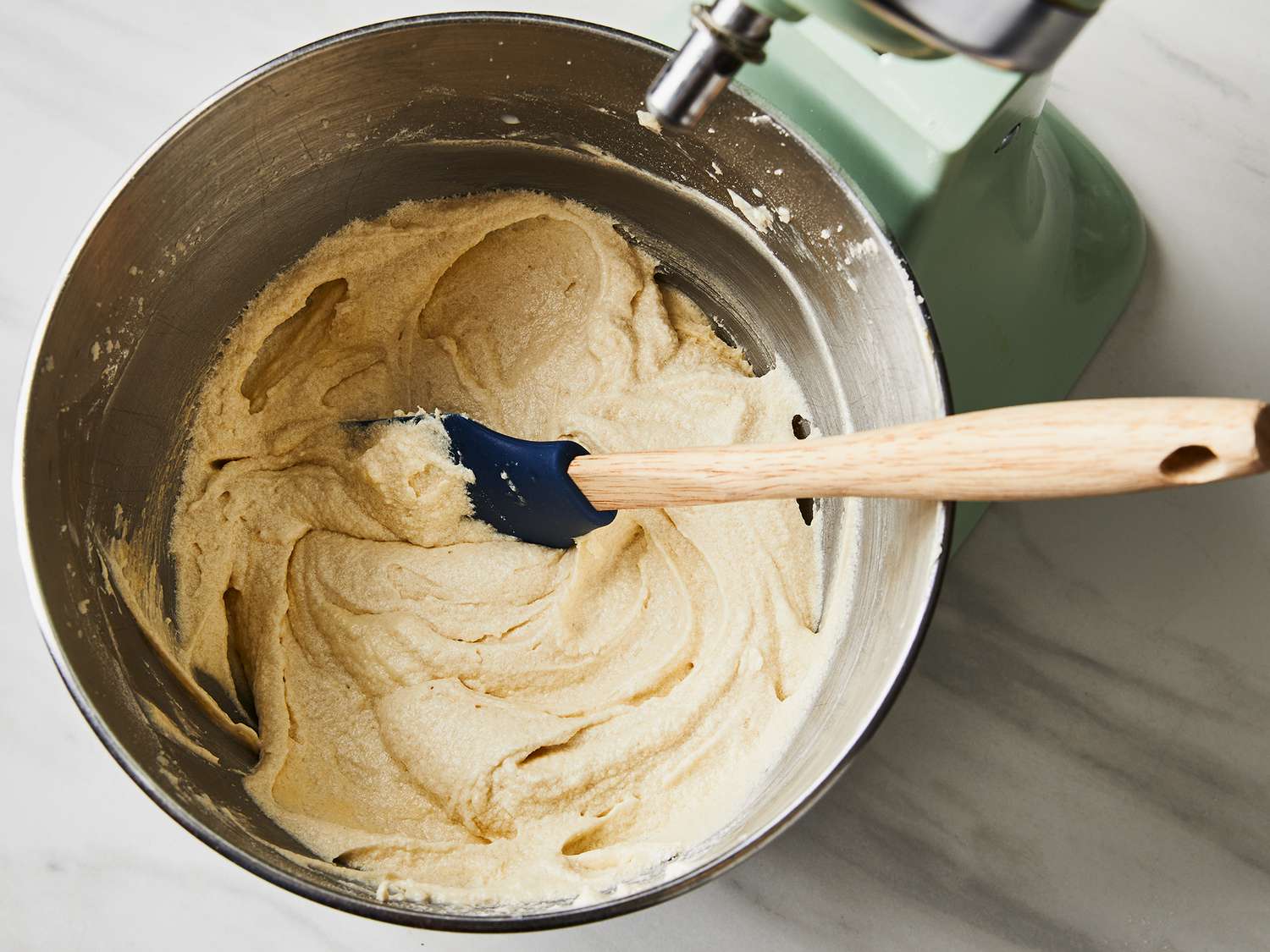
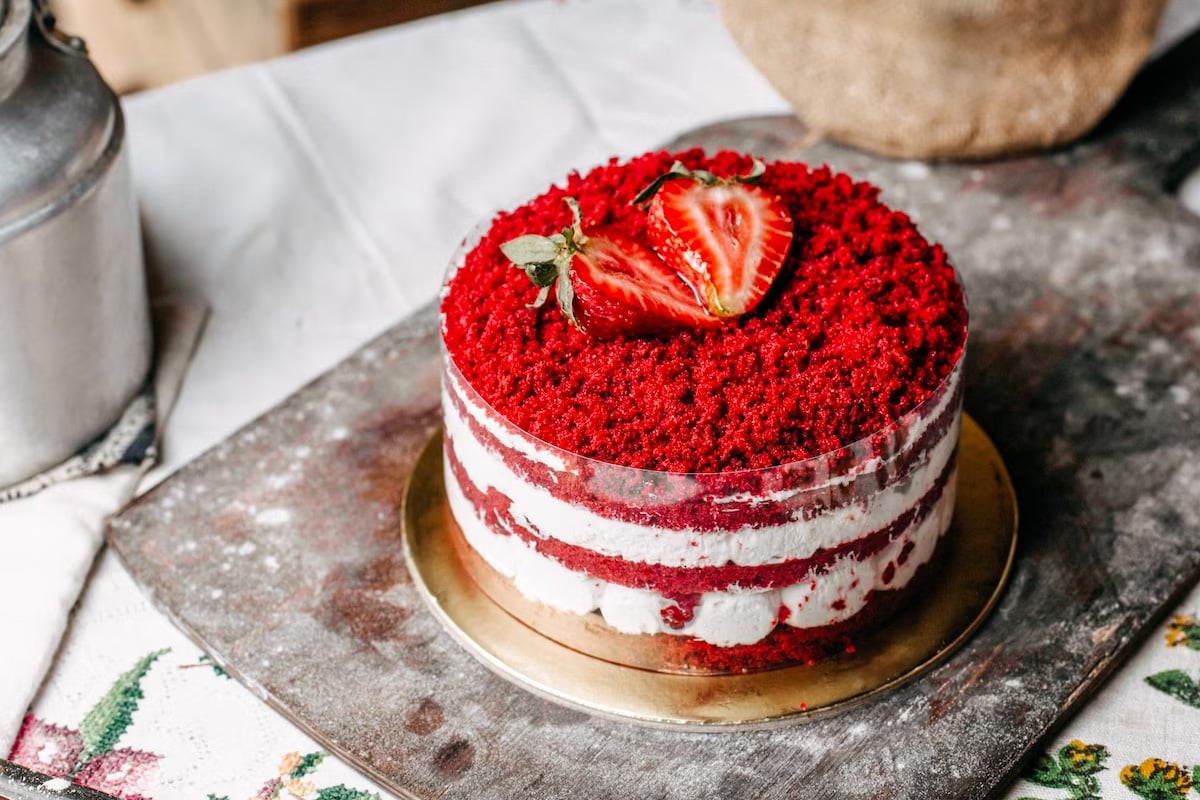
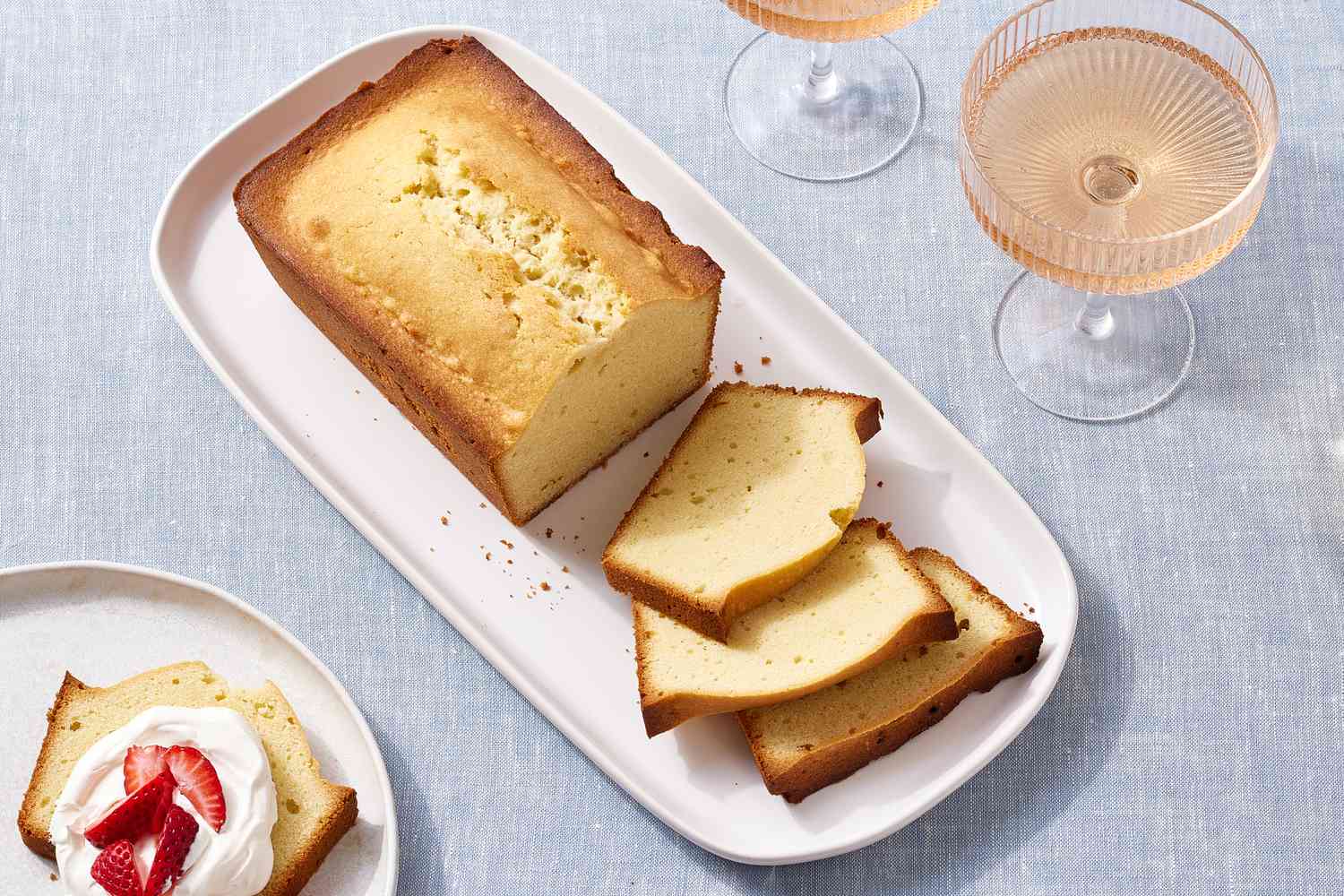
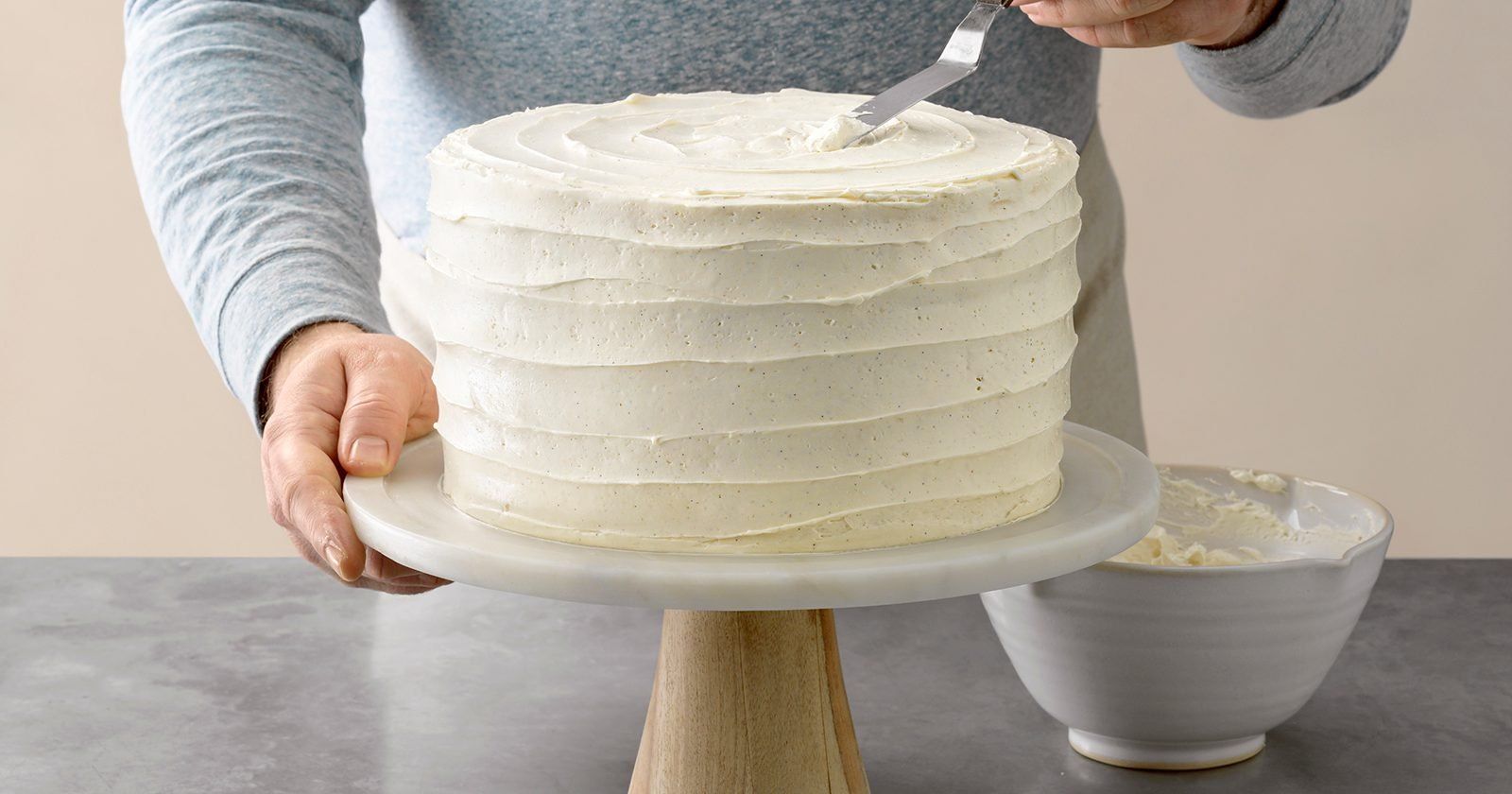
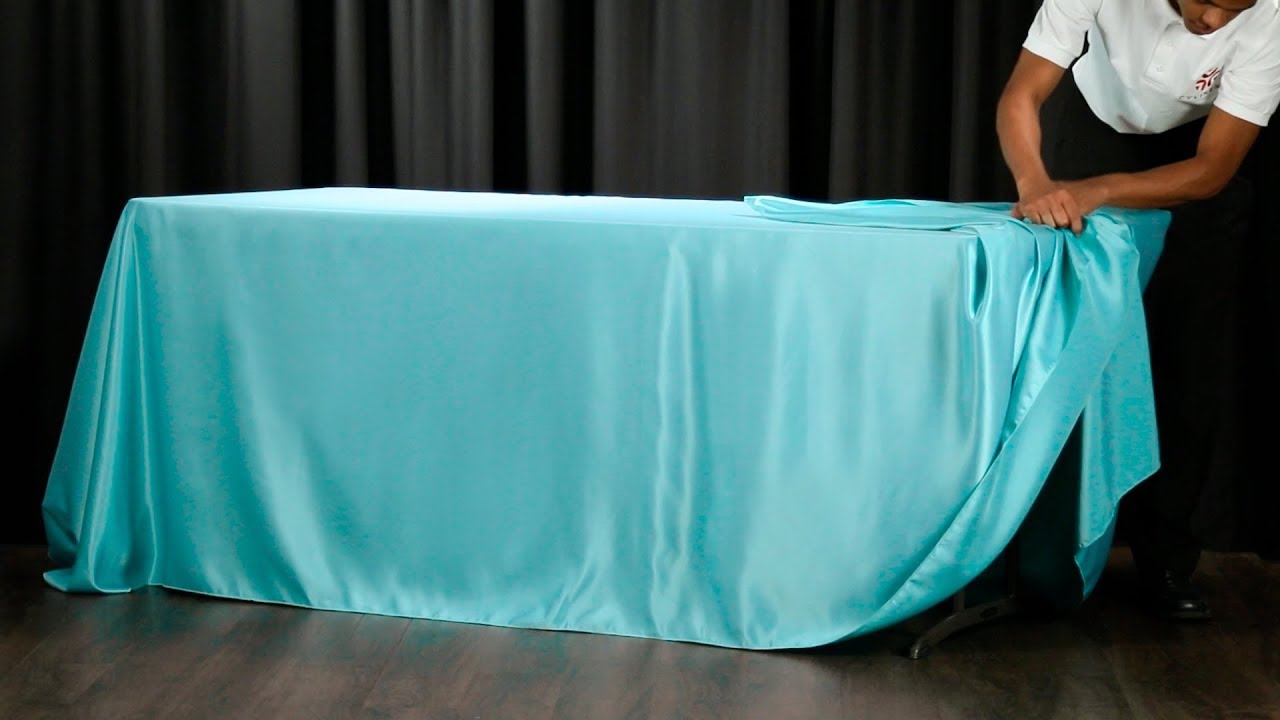
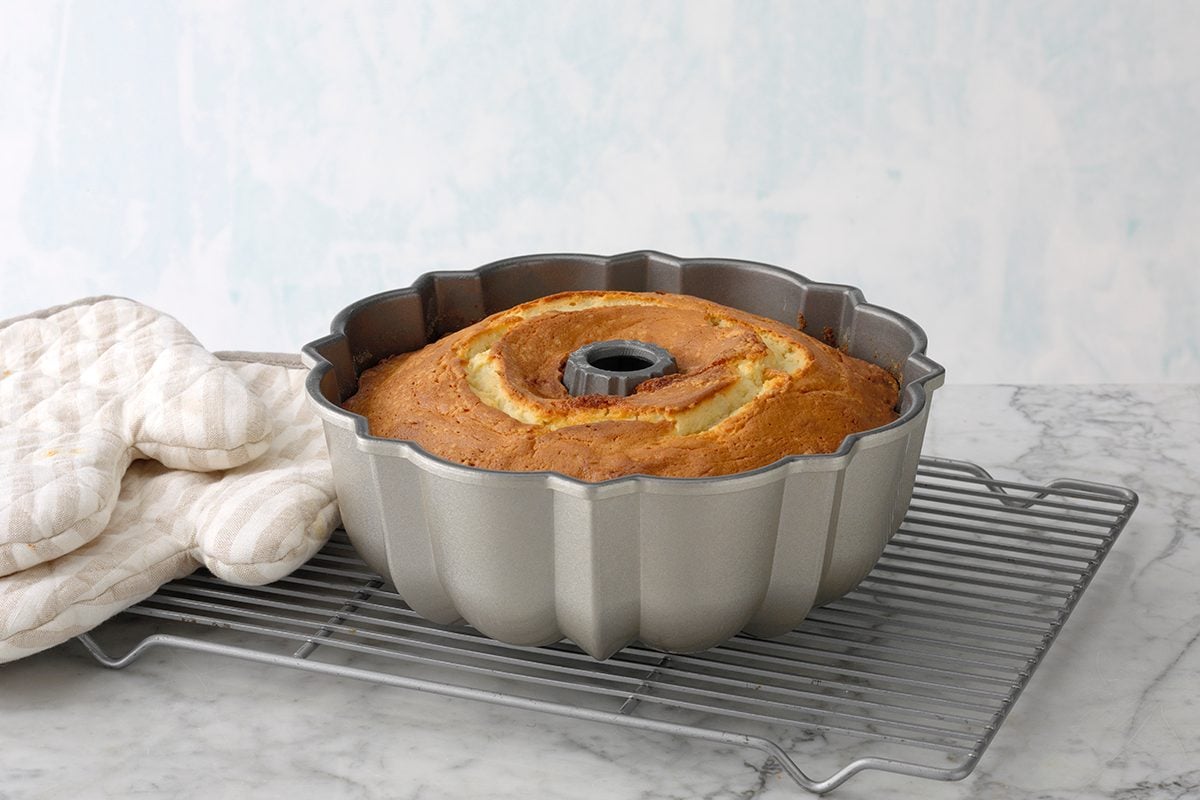
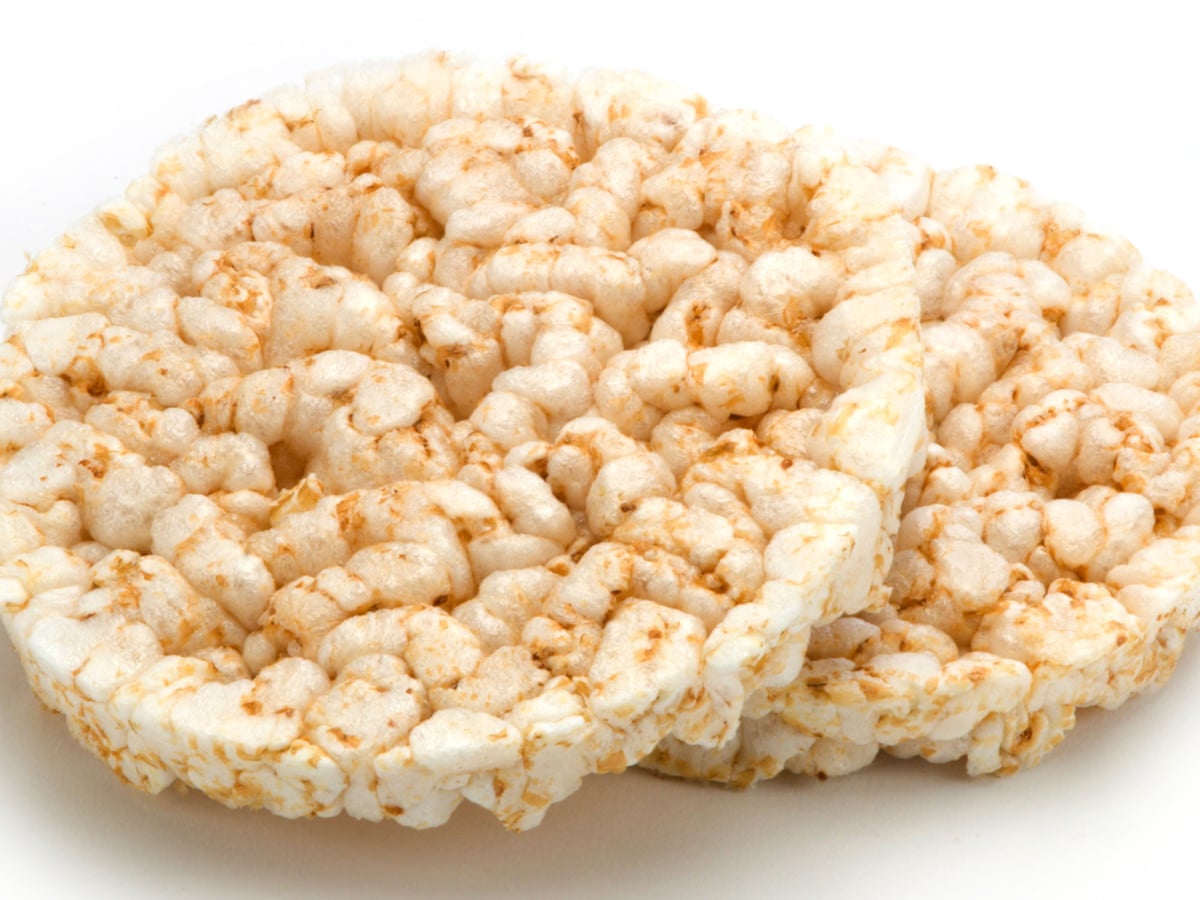
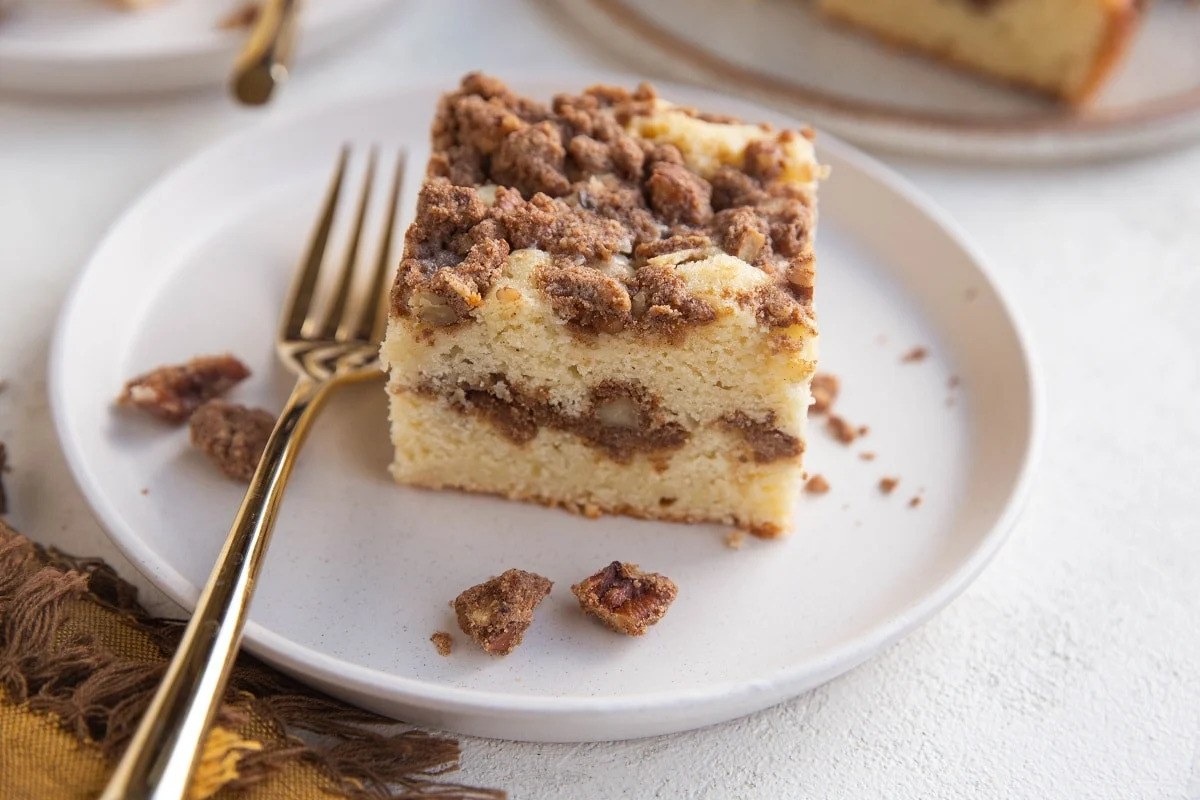
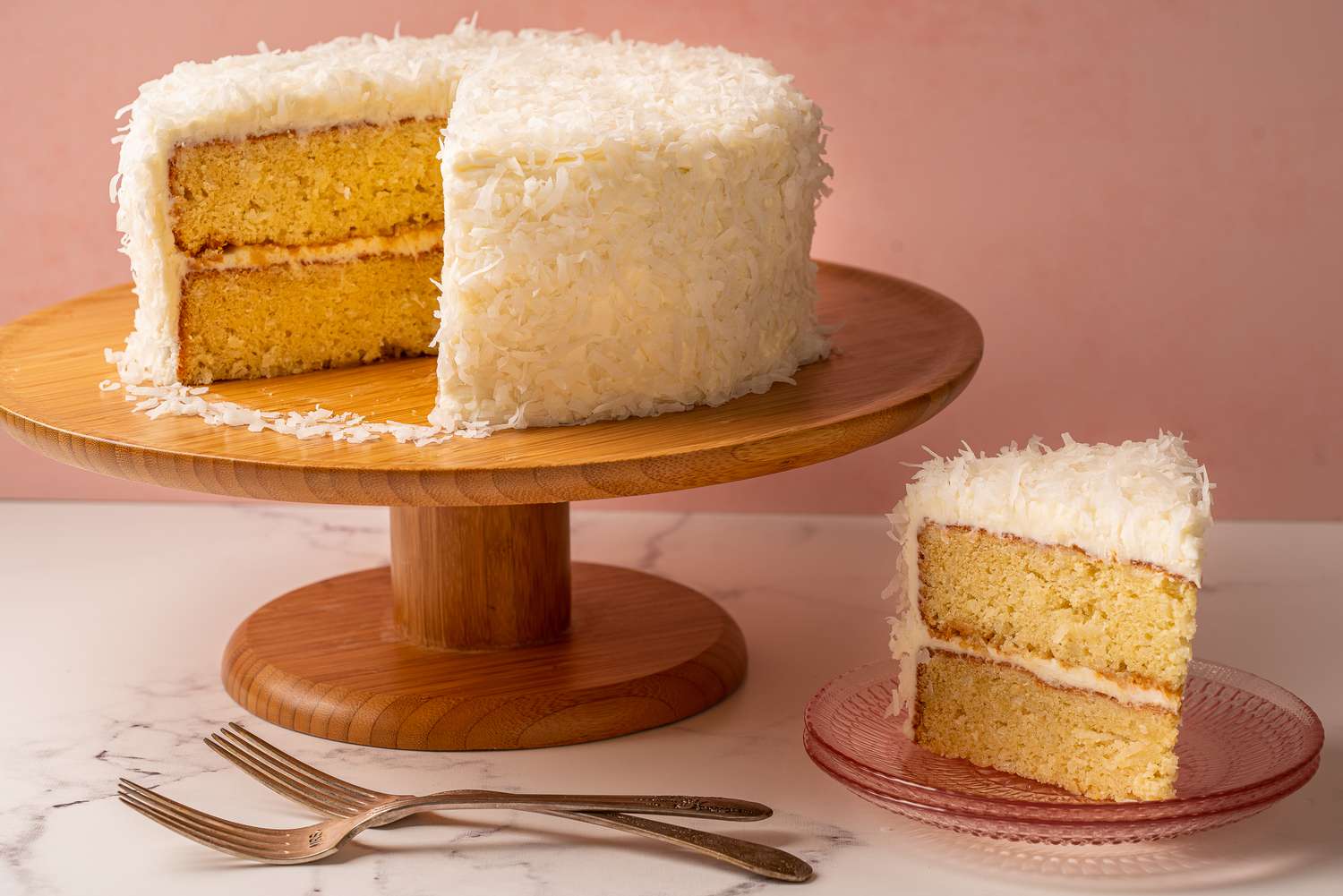

0 thoughts on “How To Store Cake Layers”